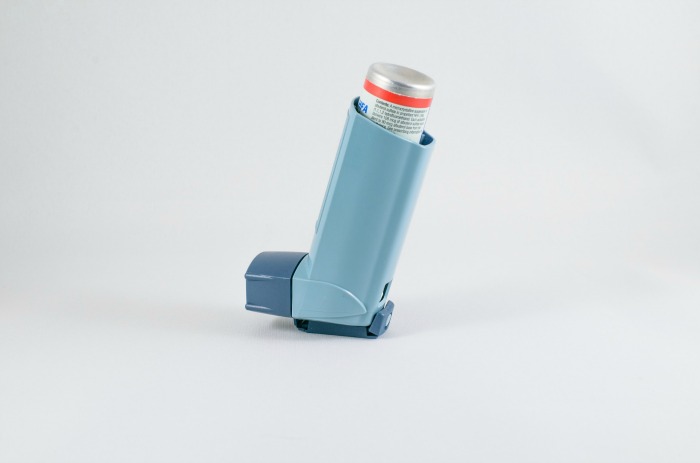
Asthma is still a huge issue in Australia and around the globe. Around 2.5 million Aussies are affected by the condition, which kills more than 400 people each year and hospitalises a further 39,5000.
Worryingly, symptoms can occur at any time. It’s caused by inflammations in the lungs, specifically in the bronchial tubes, that cause muscles around the tube to tighten up and obstruct lung function – making it even more difficult for people to breathe in and out.
Particularly in the transition from winter to spring, dust mites, cats, pollen from plants and certain foods can cause allergic reactions and increase the severity of asthma. Despite the breathing problem impacting so many people around the world, leading pharmacist and CEO of Pharmacy 4 Less Feras Karem claims many people are unaware how to practice asthma first-aid in the event of a serious incident.
Of course, it’s always important to contact 000 first if a loved one is experiencing a severe or life-threatening asthma attack. However, Karem now offers the essential steps to take to assist someone having an attack.
The first step is to ensure the person is sitting upright. It’s also vital to remain calm and not to leave them alone.
Read more: Managing severe asthma in the cooler months
If the person experiencing the attack uses a blue or grey reliever puffer, it will come in use during an attack. Be sure to shake the puffer before use and put one puff into the spacer.
Get the person to take four breaths from the spacer and repeat again until four puffs in total have been taken. Always remember to shake, take one puff and four breaths.

The next step is to wait for four minutes. If the person isn’t seeing any improvements in their conditions, give them four more separate puffs of their blue or grey reliever.
Read more: Inhaling dust as a baby could help to ‘prevent asthma’: Study
If there are still no improvements and professional help hasn’t yet been sought, call 000 immediately. While waiting for the ambulance or health professionals to arrive, ensure the person continues to receive their four separate puffs every four minutes.
Signs the person is not improving include them not breathing, their asthma becoming worse, a person experiencing an attack with no reliever available and if there’s confusion about whether the person actually has asthma.
Asthma Australia has also created an Asthma App which can be accessed at any time to assist people with the first-aid steps.